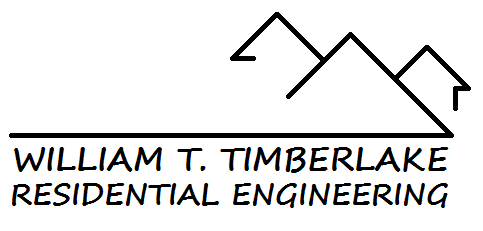Q: My house is clammy and damp in the summertime. I need to keep my air-conditioning colder than I like, just to keep my house comfortable. What could my problem be?
A: One problem could be an air-conditioning system that is over-sized for your house. An over-sized unit never runs long enough to remove the humidity from within the house. The unit runs only long enough to drop the temperature, but the relative humidity stays high. This is why the house feels clammy and sticky. To combat this effect, most homeowners lower the temperature on the thermostat even lower, forcing the unit to stay on longer in an attempt to remove the unwanted humidity. This approach wastes energy dollars for the homeowner and possibly causes mold and mildew to develop behind walls.
Q: What should a comfortable house feel like in the summertime?
A: A comfortable house means having the right 'temperature' and 'relative humidity' levels within your house. Keep in mind that in dry climates, the temperature can be warm and people will still feel comfortable (ex: living in Arizona). This same concept applies to the inside of your house. This is why relative humidity and temperature control need to be addressed together in order to achieve a balanced comfort level.
Q: Some of my rooms always seem abnormally cold or hot (depending on the season) and never reach the temperature of the thermostat setting. Is that typical for most homes?
A: If a new heating & cooling system was sized correctly, the duct system was designed properly and the entire system was installed correctly, the severity of 'hot & cold' rooms would become a non-factor for most homes. In other words, a correctly sized unit and duct system allows the system to run longer in duration when it is on and with the correct airflow to all rooms, thus allowing better air-mixing throughout the entire house since the indoor blower runs longer.
Q: Whenever my heating & cooling system comes on, the noise from the indoor blower and the air noise from the supply registers is loud and annoying. Is this normal and what can I do to minimize these sounds?
A: Possible causes for a noisy duct system and indoor blower can be from many sources. Designing and installing a duct system is not a trivial matter and requires a well-designed duct layout and an experienced installer. When a duct supply system and indoor blower were not sized correctly; supply registers within the rooms were not selected properly; balancing dampers are located to close to the supply registers; and return grilles/ducts were not sized for the designed system airflow, then unwanted air noises will be prevail.
Q: My monthly utility bills seem higher than expected after my new heating & cooling system was installed. What could be causing this to occur since my new unit was promised to be more energy efficient?
A: Whenever a new heating & cooling system is installed in North Carolina (new or existing house), the licensed HVAC contractor is required to perform a code mandated 'Load Calculation' to ensure the new unit is sized correctly for your particular house. If this step was skipped (in violation of mechanicalcode), then it is possible that the new unit could be over-sized and will draw more electricity than it should. If this is the case, then your new unit will be less efficient and more expensive to operate, thus the higher utility bills.
Q: My heating & cooling system comes on and off constantly. It is on for about 5 minutes, then off for roughly 5-10 minutes and repeats this process over and over. Is there a reason why my system is doing this?
A: This is called short-cycling. Short-cycling is typically caused by an oversized heating or cooling system. Short-cycling is not conducive for personal comfort and will normally shorten the life-span of the unit. The bottom-line is simply this, short-cycling is not normal and when equipment is over-sized, it also spends a higher percentage of it's operating time within this start-up period and never allowing the unit to reach it's full efficiency.
Q: My new heating & cooling system is not working properly and sounds very loud when it turns on. What can I do?
A: When a new heating & cooling system is installed, there are numerous design and installation steps that need to be properly completed in order to have a quality system operating as advertised. When any of these steps in the design and install process are not adhered to, then issues can and do arise. If you are not satisfied with your system, contact the HVAC contractor who installed the system to allow them the opportunity to correct as a first step. If this initial step does not bring closure to the problems, then outside help may be your next course of action to remedy your issues.
